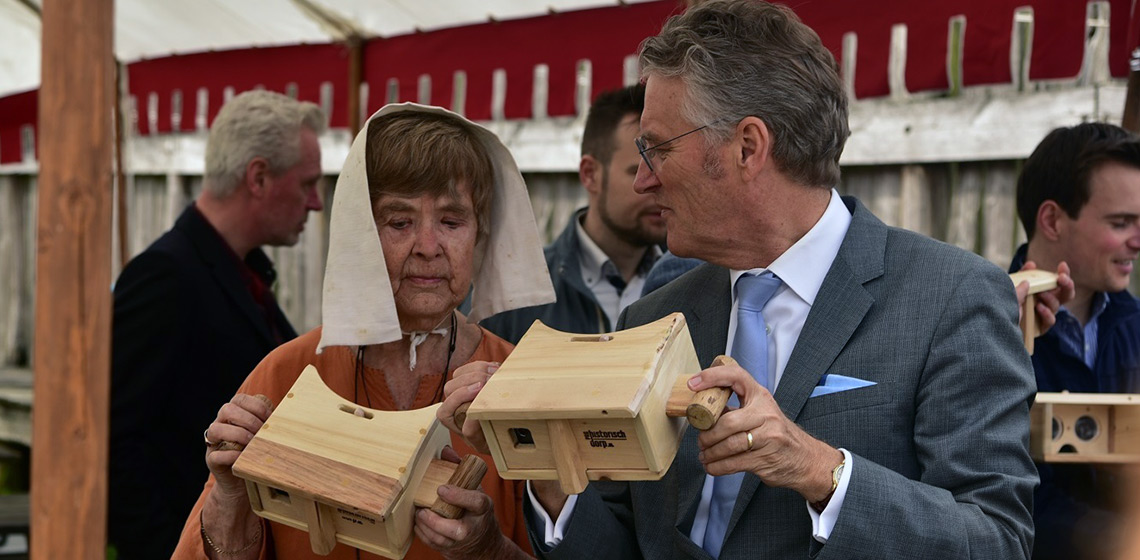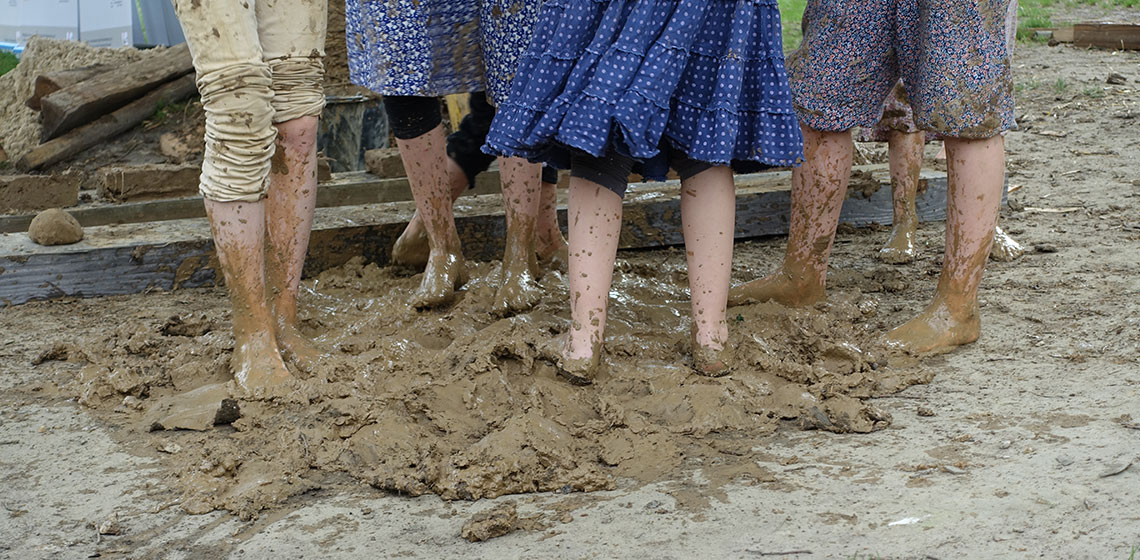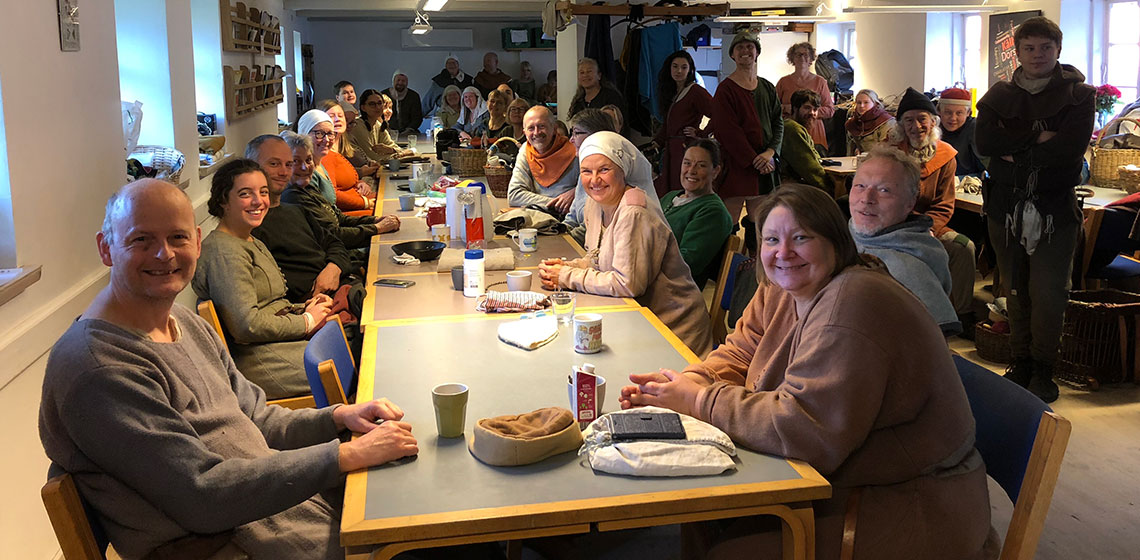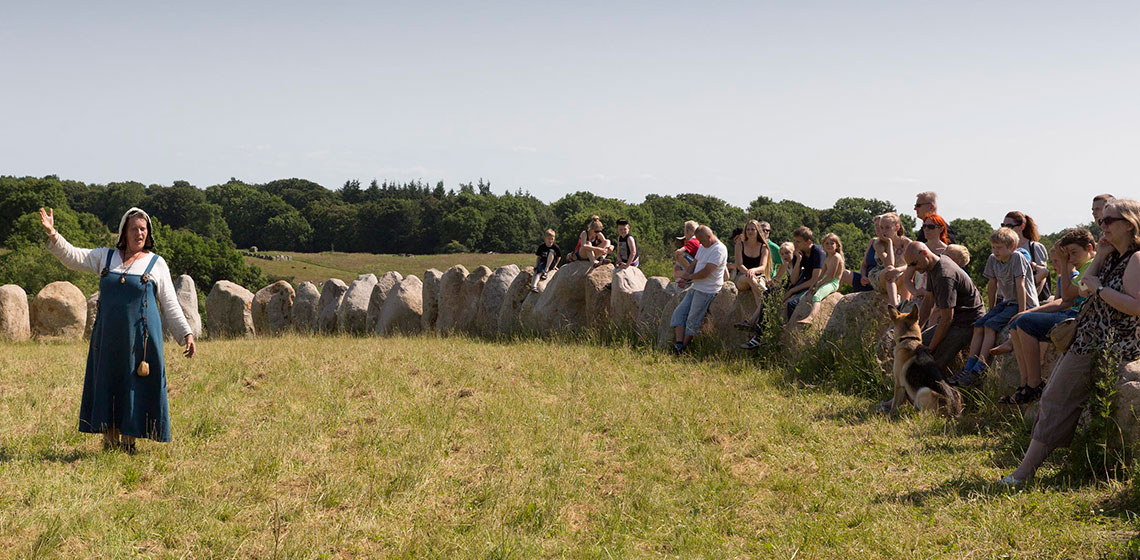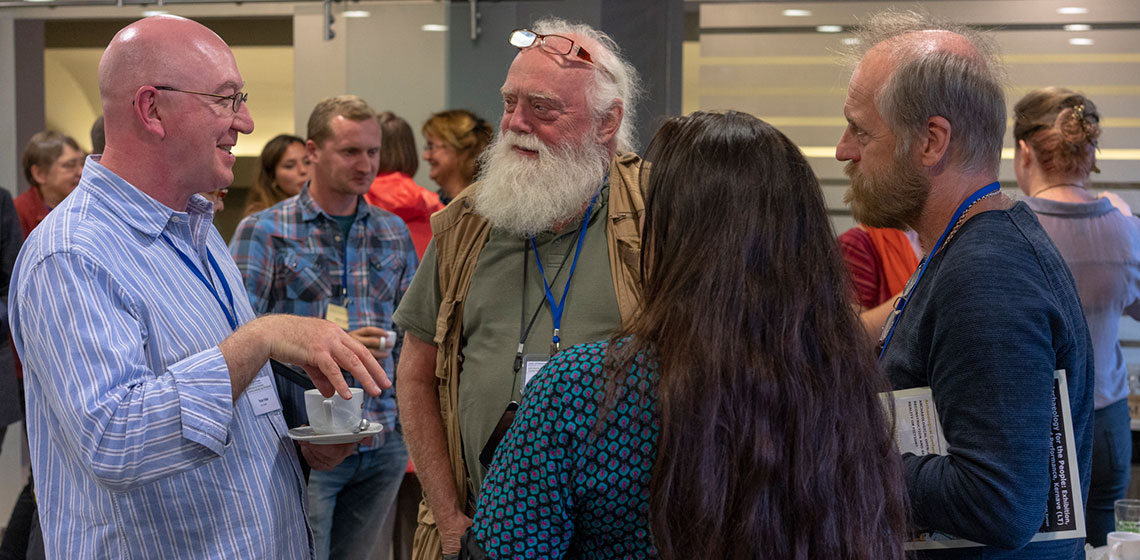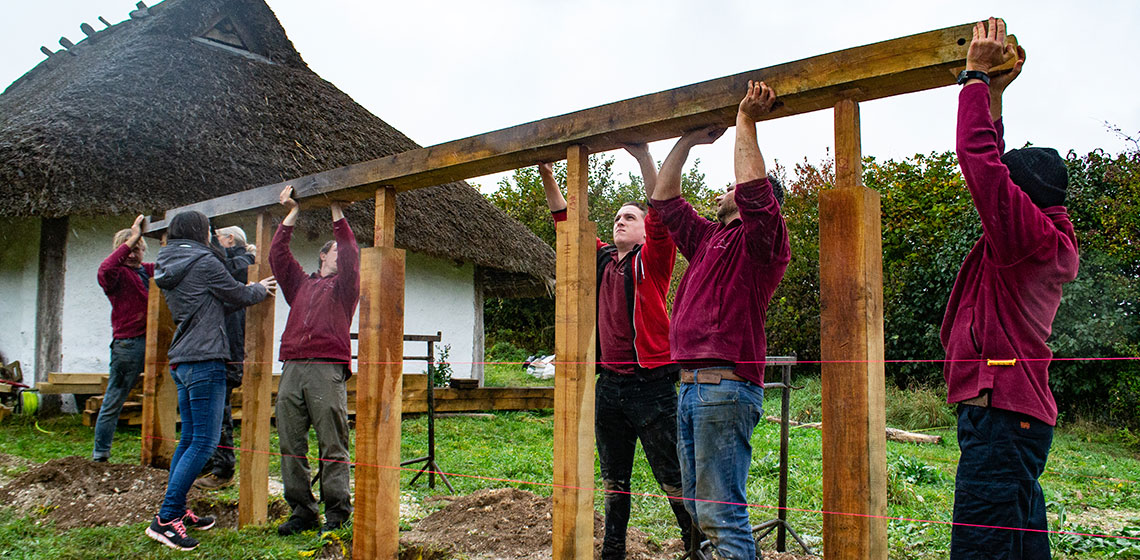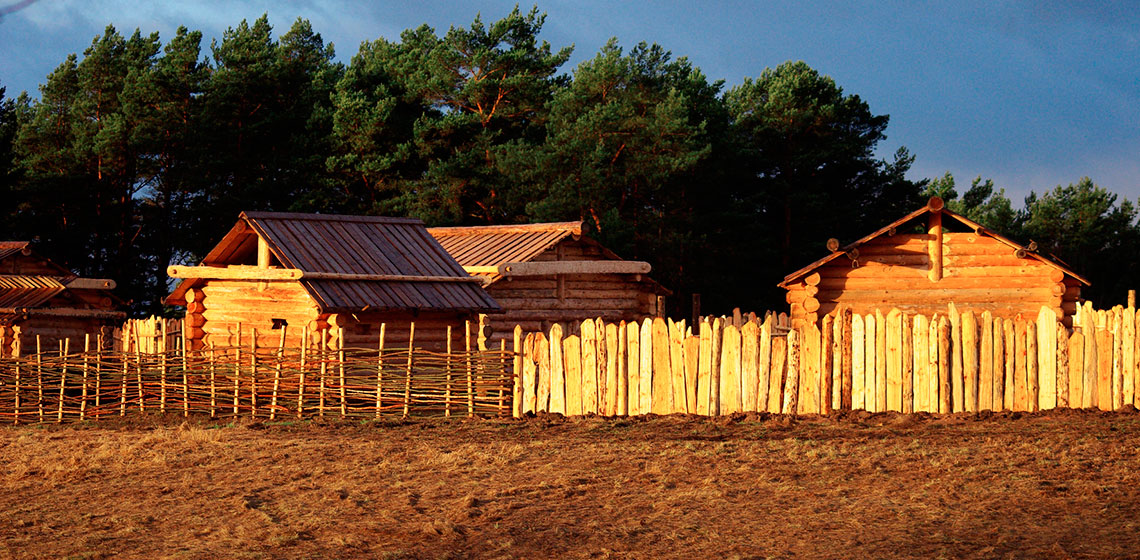archaeological open-air museum
Everybody Else is doing It, so Why Can’t We? Low-tech and High-tech Approaches in Archaeological Open-Air Museums
Publication Date
Some people believe that an open-air museum is a place where you leave your modern technique behind and go ‘low tech’. Other than the museums which act like digital free zones, many others experiment with going digital. Where experience and storytelling have always been the central concepts of archaeological open-air museums, exactly these ideas are behind many digital techniques. We have to...
Engaging Diverse Audiences at the Archaeological Open-Air Museum Düppel in Berlin – Practical Examples and New Strategies
Publication Date
2018 EXARC in Kernave
***In 1939, a boy called Horst Trzeciak was playing on a piece of land on the outskirts of Berlin. While playing, he found a number of pottery sherds. In an exemplary fashion he brought the sherds to the “Märkisches Provinzialmuseum”, which was, at that time, the city museum of Berlin...
***In 1939, a boy called Horst Trzeciak was playing on a piece of land on the outskirts of Berlin. While playing, he found a number of pottery sherds. In an exemplary fashion he brought the sherds to the “Märkisches Provinzialmuseum”, which was, at that time, the city museum of Berlin...
Experience and Discovery: Engaging the Public in Research. A Survey on Experimental Archaeology Contemporary Practice and Meaning – Preliminary Results
Publication Date
2018 EXARC in Kernave
***The traditional way of engaging the public with the past has changed: now, through experimental archaeology, we can have a direct, physical contact with the “past”. But, as researchers know, the means used to engage the public are the fruits of an active process of investigation, especially in experimental archaeology. Could it be possible to enable visitors to actively engage in the questioning of the past, to let them experience the discovery process?
***The traditional way of engaging the public with the past has changed: now, through experimental archaeology, we can have a direct, physical contact with the “past”. But, as researchers know, the means used to engage the public are the fruits of an active process of investigation, especially in experimental archaeology. Could it be possible to enable visitors to actively engage in the questioning of the past, to let them experience the discovery process?
How to Make a Medieval Town Come Alive – the Use of Volunteers in Living History
Publication Date
2018 EXARC in Kernave
***For over 25 years The Medieval Centre/Middelaldercentret in Nykøbing F. Denmark has used volunteers to inhabit the reconstructed medieval town of Sundkøbing. To combine the use of volunteers and living history is not easy or something that happens spontaneously. It is hard work and requires patience, strength and firmness, but also...
***For over 25 years The Medieval Centre/Middelaldercentret in Nykøbing F. Denmark has used volunteers to inhabit the reconstructed medieval town of Sundkøbing. To combine the use of volunteers and living history is not easy or something that happens spontaneously. It is hard work and requires patience, strength and firmness, but also...
Interview: JAPKE – The Female Viking Power-house of Lejre
Publication Date
Jutta Eberhards has been working with drama and living history for over 30 years. Born in the Friesland district in Germany, Jutta has over the years become a power-house in the management group of Sagnlandet Lejre – The Land of Legends (www.sagnlandet.dk). She has been tirelessly working to uphold the standards of the educational method that she and her colleagues developed...
Conference Review: Once upon a Time... in Kernave
Publication Date
And so EXARC met again, this time in Lithuania, in Kernavė – an early medieval capital of the Grand Duchy of Lithuania. This picturesque village was the location for the conference “Archaeology for the People” which EXARC co-organised with the State Cultural Reserve of Kernavė and with IMTAL-Europe. The Reserve of Kernavė is an old member of EXARC. IMTAL-Europe is a long-time cooperation partner of EXARC...
Butser Ancient Farm: An Internship Full of Senses
Publication Date
‘What is experimental archaeology?’ people asked me. ‘But if you work within an experimental place, you won’t be able to put into practise the tools learned in your Masters about cultural heritage and museology’ said some of my classmates. However, for me it was really important to do my internship in a place where the archaeology was paramount; at the same time, I was interested in...
Interview: Björn Jakobsen
Publication Date
Björn M Buttler Jakobsen has recently turned 70. He has worked presenting history and archaeology since the 1970s. His background is as an engineer, film maker, entrepreneur and he can also call himself marine archaeologist...
Kernave Archaeological Site – the Place for Experimental and Living Archaeology
Publication Date
2018 EXARC in Kernave
***Kernavė is one of the most picturesque places in Lithuania. Five hill-forts surround the wide valley of Pajauta. This place has always been visited by people not only for its sights but also for its aura of the distant past. Ever since people in Lithuania became more interested in history, Kernavė has been a symbol of...
***Kernavė is one of the most picturesque places in Lithuania. Five hill-forts surround the wide valley of Pajauta. This place has always been visited by people not only for its sights but also for its aura of the distant past. Ever since people in Lithuania became more interested in history, Kernavė has been a symbol of...
Learning to Recreate, Recreating to Learn. Experimental Archaeology
Publication Date
10th EAC Leiden 2017
***This paper aims to present and discuss ongoing activities that combine Experimental Archaeology and Ethnoarchaeology developed in the scope of a master's degree, a post-doctoral and other research projects at the University of Vigo (Galicia, Spain), in collaboration with regional open-air museums and educational centres...
***This paper aims to present and discuss ongoing activities that combine Experimental Archaeology and Ethnoarchaeology developed in the scope of a master's degree, a post-doctoral and other research projects at the University of Vigo (Galicia, Spain), in collaboration with regional open-air museums and educational centres...

